Most of us spend a great deal of time preparing for the arrival of our first chickens, but few of us give much thought to how we would handle serious injuries, illnesses and end-of-life decisions until they are upon us. My recent experience with a sick and dying chicken made me realize that I could have been better prepared to handle certain aspects of her fatal illness, which make an already difficult time more stressful. My hope is that by sharing my experience that you will be prepared to face the toughest part of chicken-keeping when the time comes.
Esther at 8 months oldEsther came to me as a day old chick with scissor beak. She managed very well in spite of her disability. She became much less active than normal and within a few days, I noticed abnormal poop on the droppings board underneath her spot on the roost. I brought her into the house for closer observation and noticed that she was not eating or drinking, so I began dropper-feeding her water with vitamins & electrolytes. Her condition did not improve and I decided she needed to be seen by a veterinarian.
When I began my search for an avian veterinarian, it was Friday leading into Memorial Day weekend and I found myself scrambling to find a trained, experienced, avian veterinarian to see her. While I ultimately found an avian vet in town, it was difficult to get Esther seen as we were not established patients. Once I got past the receptionist, the avian vet was happy to see Esther. Her preliminary findings were that Esther had a tumor that was causing fluid to build up in her abdomen, a condition she said was common for older birds like Esther (at the ripe ol’ age of four, she was considered “older”). The vet and I agreed that putting Esther to sleep immediately was the kindest choice possible for her as she was most certainly in a great deal of pain. I made arrangements for Esther’s remains to be transported to the state poultry pathology lab where a postmortem examination (necropsy) was performed, which confirmed the vet’s diagnosis.
5 WAYS TO PREPARE FOR CHICKEN ILLNESS, INJURY & END OF LIFE DECISIONS
1. Have a well-stocked first aid kit & infirmary set up
Many injured and sick birds can be cared for by the average backyard chicken-keeper at least until professional veterinary care can be obtained. Having some first aid essentials such as vitamins & electrolytes, a dropper or syringe, Vetrap and Vetericyn Wound Care spray, on-hand is critical to being able to deliver emergency medical aid and may mean the difference between life and death.
Having a dedicated crate or special location to keep a sick or injured bird is important so that they can be closely observed during their crisis.
2. Identify local resources before you need them
a) Find an avian veterinarian nearby before there is an emergency and keep their phone number in your chicken first aid kit. There is a list of board certified avian vets HERE. Not all avian vets will treat chickens and not all are trained in or have experience with chicken care. Even if an avian vet in your area does not treat chickens, they can often be a good resource for a referral to a poultry vet. This vet will likely not be the same one who already treats your other animals. A visit to the office to introduce yourself to the staff can be the difference between being seen during a crisis and being told the vet has no time to examine your bird. Have a backup plan. Find out who covers for that vet when they are unavailable and keep their number handy too.
b) Find your state veterinary diagnostic laboratory HERE.
c) Find your state veterinarian HERE.
d) Call the USDA’s Veterinary Services at 1-866-536-7593 (free consultation with a vet by phone)
e) Find your state Agricultural Extension Service’s poultry agent HERE
3. Have a euthanasia plan
There will inevitably come a time in every flock when a sick or injured bird will need to be euthanized. Some people are capable of euthanizing their own bird by a variety of humane methods. Learn which methods are available and whether you are capable of following through with one when the need arises.
Some people are more comfortable having a professional euthanize their chickens than doing it themselves. Most vets, even if they do not ordinarily treat chickens, will euthanize a sick or injured bird. Inquire of your dog/cat/goat/horse ‘s vet whether this is a service they would be willing to render, but do so in advance of needing these services if possible.
Euthanasia by Cervical Dislocation
In my experience, the fastest, least gruesome and most humane method of euthanasia is cervical dislocation or “breaking” the chicken’s neck, which causes instant unconsciousness and death. While holding the chicken under non-dominant arm like a football, press its body very securely against your side. Place your dominant hand on top of the bird’s head with with your thumb at the base of the skull behind the head, fingers wrapping underneath the throat. With a very firm grip, quickly and firmly stretch and pull the head straight forward, away from the body while bending the neck up towards its back until a popping sound is heard, which signals the separation of the vertebrae and instant death. Continue to hold the bird securely until nerve activity has stopped. More about cervical dislocation from a poultry veterinarian can be found here.
4. Locate your state veterinary diagnostic laboratory* & get a necropsy done
Each state has a veterinary lab that will run tests and perform postmortem examinations on animals to determine the cause of death. Know where your lab is, how to contact them and which services they offer. If a bird dies unexpectedly, it is extremely important to get a necropsy done to determine the cause of death. Some illnesses and diseases are contagious and the rest of the flock may be at risk. A determination of the cause of death can provide some peace of mind and the information necessary to administer any treatment to survivors.If you will be transporting a deceased bird to the lab yourself, it is critical to get her there as soon as possible after the time of death and that the body is stored properly until then. It should be placed inside two plastic bags, sealed and kept under refrigeration (not frozen) until it can be delivered to the lab. Some labs will send a courier to pick up the remains and any necessary paperwork.
In Esther’s case, my avian vet was unaware that our state diagnostic lab would transport Esther to their facility, euthanize her and perform the necropsy- all free of charge. I was aware that they offered these services, so I was able to share that information with my vet and make the necropsy arrangements for Esther myself. Since Esther was in pain, I didn’t want her to wait until the next morning to be put to sleep- I asked the vet to draw blood for the lab, (at their request) euthanize her and store her remains until the courier picked her up the next morning.
5. Request a copy of the Necropsy Report
While the lab will send a report to a veterinarian automatically, I think it’s important to request a copy to learn what was found and keep it on file as part of your flock’s health history. I have some medical training and experience, so I understood most of the following report, but if you do not, discuss the necropsy report with your vet and let them know if you do not understand the terminology they are using.
The necropsy report revealed that Esther had ovarian cancer- the tumor was enormous and the cancer had spread throughout her other organs. Poor girl. I was thankful to have had access to the services of a vet who put her to sleep peacefully. RIP Esther.
Kathy Shea Mormino
Affectionately known internationally as The Chicken Chick®, Kathy Shea Mormino shares a fun-loving, informative style to raising backyard chickens. …Read on


shop my SPONSORS
Most of us spend a great deal of time preparing for the arrival of our first chickens, but few of us give much thought to how we would handle serious injuries, illnesses and end-of-life decisions until they are upon us. My recent experience with a sick and dying chicken made me realize that I could have been better prepared to handle certain aspects of her fatal illness, which make an already difficult time more stressful. My hope is that by sharing my experience that you will be prepared to face the toughest part of chicken-keeping when the time comes.
Esther at 8 months oldEsther came to me as a day old chick with scissor beak. She managed very well in spite of her disability. She became much less active than normal and within a few days, I noticed abnormal poop on the droppings board underneath her spot on the roost. I brought her into the house for closer observation and noticed that she was not eating or drinking, so I began dropper-feeding her water with vitamins & electrolytes. Her condition did not improve and I decided she needed to be seen by a veterinarian.
When I began my search for an avian veterinarian, it was Friday leading into Memorial Day weekend and I found myself scrambling to find a trained, experienced, avian veterinarian to see her. While I ultimately found an avian vet in town, it was difficult to get Esther seen as we were not established patients. Once I got past the receptionist, the avian vet was happy to see Esther. Her preliminary findings were that Esther had a tumor that was causing fluid to build up in her abdomen, a condition she said was common for older birds like Esther (at the ripe ol’ age of four, she was considered “older”). The vet and I agreed that putting Esther to sleep immediately was the kindest choice possible for her as she was most certainly in a great deal of pain. I made arrangements for Esther’s remains to be transported to the state poultry pathology lab where a postmortem examination (necropsy) was performed, which confirmed the vet’s diagnosis.
5 WAYS TO PREPARE FOR CHICKEN ILLNESS, INJURY & END OF LIFE DECISIONS
1. Have a well-stocked first aid kit & infirmary set up
Many injured and sick birds can be cared for by the average backyard chicken-keeper at least until professional veterinary care can be obtained. Having some first aid essentials such as vitamins & electrolytes, a dropper or syringe, Vetrap and Vetericyn Wound Care spray, on-hand is critical to being able to deliver emergency medical aid and may mean the difference between life and death.
Having a dedicated crate or special location to keep a sick or injured bird is important so that they can be closely observed during their crisis.
2. Identify local resources before you need them
a) Find an avian veterinarian nearby before there is an emergency and keep their phone number in your chicken first aid kit. There is a list of board certified avian vets HERE. Not all avian vets will treat chickens and not all are trained in or have experience with chicken care. Even if an avian vet in your area does not treat chickens, they can often be a good resource for a referral to a poultry vet. This vet will likely not be the same one who already treats your other animals. A visit to the office to introduce yourself to the staff can be the difference between being seen during a crisis and being told the vet has no time to examine your bird. Have a backup plan. Find out who covers for that vet when they are unavailable and keep their number handy too.
b) Find your state veterinary diagnostic laboratory HERE.
c) Find your state veterinarian HERE.
d) Call the USDA’s Veterinary Services at 1-866-536-7593 (free consultation with a vet by phone)
e) Find your state Agricultural Extension Service’s poultry agent HERE
3. Have a euthanasia plan
There will inevitably come a time in every flock when a sick or injured bird will need to be euthanized. Some people are capable of euthanizing their own bird by a variety of humane methods. Learn which methods are available and whether you are capable of following through with one when the need arises.
Some people are more comfortable having a professional euthanize their chickens than doing it themselves. Most vets, even if they do not ordinarily treat chickens, will euthanize a sick or injured bird. Inquire of your dog/cat/goat/horse ‘s vet whether this is a service they would be willing to render, but do so in advance of needing these services if possible.
Euthanasia by Cervical Dislocation
In my experience, the fastest, least gruesome and most humane method of euthanasia is cervical dislocation or “breaking” the chicken’s neck, which causes instant unconsciousness and death. While holding the chicken under non-dominant arm like a football, press its body very securely against your side. Place your dominant hand on top of the bird’s head with with your thumb at the base of the skull behind the head, fingers wrapping underneath the throat. With a very firm grip, quickly and firmly stretch and pull the head straight forward, away from the body while bending the neck up towards its back until a popping sound is heard, which signals the separation of the vertebrae and instant death. Continue to hold the bird securely until nerve activity has stopped. More about cervical dislocation from a poultry veterinarian can be found here.
4. Locate your state veterinary diagnostic laboratory* & get a necropsy done
Each state has a veterinary lab that will run tests and perform postmortem examinations on animals to determine the cause of death. Know where your lab is, how to contact them and which services they offer. If a bird dies unexpectedly, it is extremely important to get a necropsy done to determine the cause of death. Some illnesses and diseases are contagious and the rest of the flock may be at risk. A determination of the cause of death can provide some peace of mind and the information necessary to administer any treatment to survivors.If you will be transporting a deceased bird to the lab yourself, it is critical to get her there as soon as possible after the time of death and that the body is stored properly until then. It should be placed inside two plastic bags, sealed and kept under refrigeration (not frozen) until it can be delivered to the lab. Some labs will send a courier to pick up the remains and any necessary paperwork.
In Esther’s case, my avian vet was unaware that our state diagnostic lab would transport Esther to their facility, euthanize her and perform the necropsy- all free of charge. I was aware that they offered these services, so I was able to share that information with my vet and make the necropsy arrangements for Esther myself. Since Esther was in pain, I didn’t want her to wait until the next morning to be put to sleep- I asked the vet to draw blood for the lab, (at their request) euthanize her and store her remains until the courier picked her up the next morning.
5. Request a copy of the Necropsy Report
While the lab will send a report to a veterinarian automatically, I think it’s important to request a copy to learn what was found and keep it on file as part of your flock’s health history. I have some medical training and experience, so I understood most of the following report, but if you do not, discuss the necropsy report with your vet and let them know if you do not understand the terminology they are using.
The necropsy report revealed that Esther had ovarian cancer- the tumor was enormous and the cancer had spread throughout her other organs. Poor girl. I was thankful to have had access to the services of a vet who put her to sleep peacefully. RIP Esther.



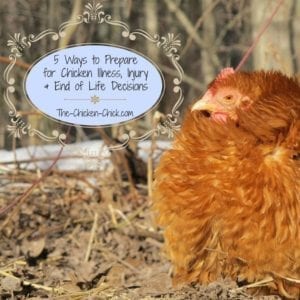
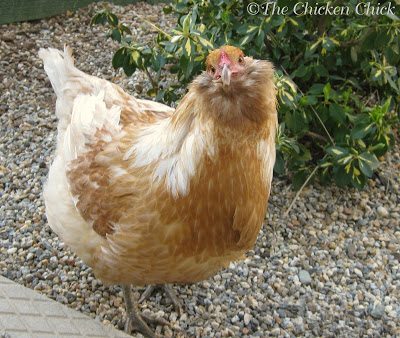
.JPG&container=blogger&gadget=a&rewriteMime=image%2F*)
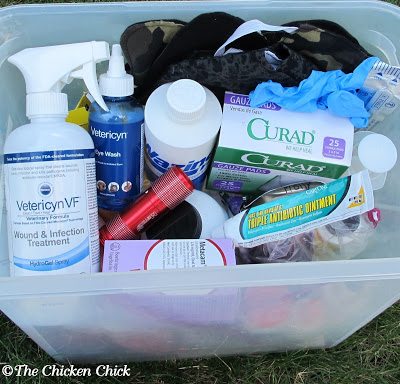
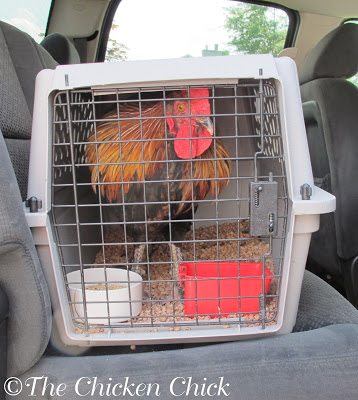
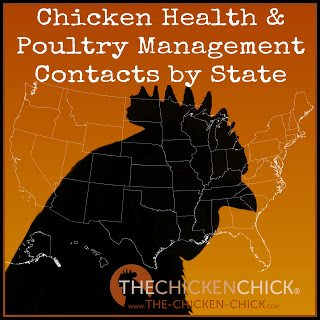
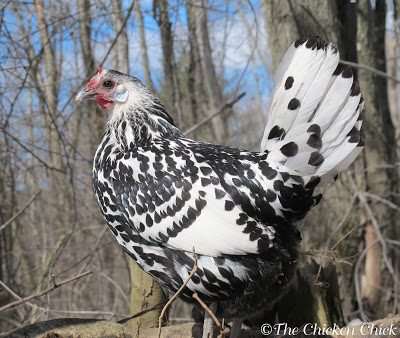
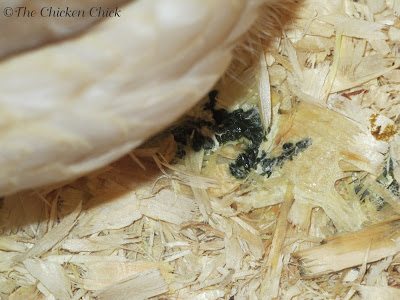
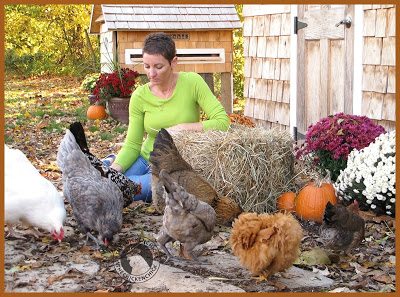
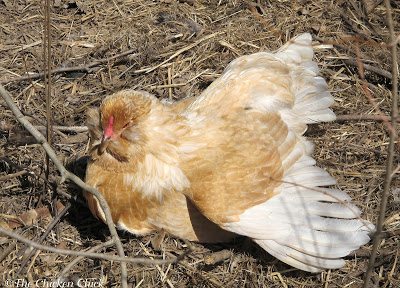
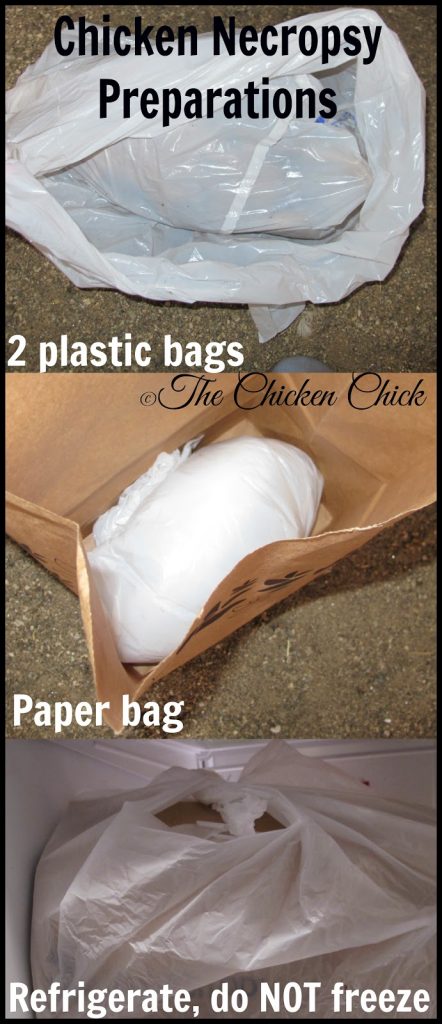

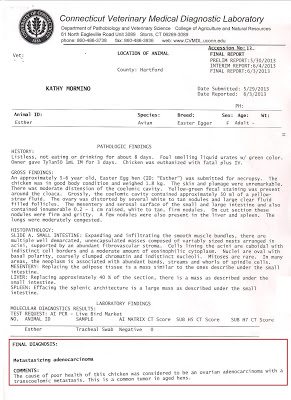

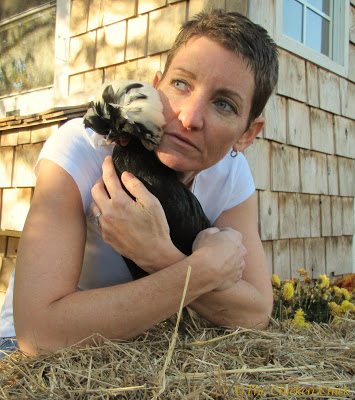






















Michele, so sad to have to do this. I hate to think I'll someday be put in the same position, but realistically, know that it will happen someday. Is chloroform available without an rx?
I just had two 3 month old Maran sisters die. I immediately put remains in the fridge and called a bird vet my friend uses. While an hour away they treat only birds. Looks like something pretty bad killed them although no one else is sick a week later. I only know of all these things because people link your website when questions are asked. So thank you!
Thank you for this information. I'm disappointed I cannot locate a New Mexico state NAHLN. I'll be making calls to find an avian vet asap this week!
Very helpful and informative. I am a Pediatric nurse, and have plenty of training dealing with children's injuries, but poultry illness, distress, and death are all new to me, and your experience sure helped me. I am putting together a first aid kit TODAY. I have two rescued Isa Brown girls, and one of them dislocated her hip, and now is permanently disabled…. Yesterday we redesigned the coop, making it "Poultry ADA" friendly…. so Ruby can live a happy productive life…for as long as she can…. Thank you so much for all of your helpful information…..
Well written article! Thanks a million, I'll add this info to my farm health plan! I have a great vet, but still would like to "know what to do" for the "other stuff"!